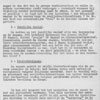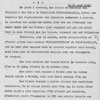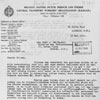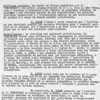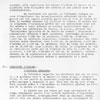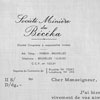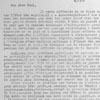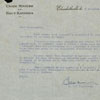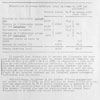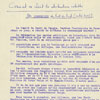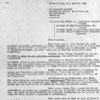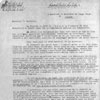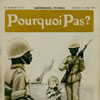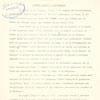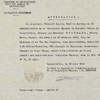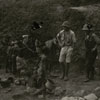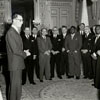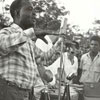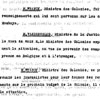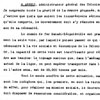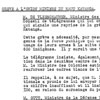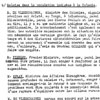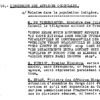The failing model colony
The good news show ends
After the Second World War, the colony bore all characteristics of a developing country, says Africa specialist Dr. Etambala. A large road network was built, often areas that were sparsely populated but rich in ores. The population was forced to migrate according to the needs of the mining industry.
The city was a magnet for young families and workers. But life was not necessarily better there. People got away from the authority of the village patriarch and from hard rural labour, but at the same time they got alienated from their traditional world and framework. Epidemics such as the yellow fever regularly broke out in the cities. It was only in the 1940s that the housing issue was addressed. Yet, not much changed. In 1950, up to 230,000 black people tried to survive in former Leopoldville on only 16,000 parcels.
In official statements, the existence of a ‘color bar’ or Apartheid has always been denied. Black and white people lived physically separated from each other, with a neutral zone between them preventing the transmission of diseases to the “white” part of the city. The colonial system was based on this division, of which especially children from mixed relationships were the victims. The indigenous population was being “proletarised” and also lived in the countryside in penury. There was no middle class. When university education was made accessible to black people in the 1950s, this caused disturbances. At the time of independence, only 16 black persons held a university diploma. Just as the small group of people who had adopted a Western life style, they belonged to the exclusive club of the “évolués“.
After the Second World War, the colonial authorities started to create a Christianised and Westernised elite of black people. But they were actually never on a par with the white people. The colour bar, copper ceilings in business life and the latent racism caused this group of privileged to turn away from their mentors.
According to official literature, there was no cloud in the sky before the independence. In reality however, regular protests took place against the colonial yoke. Popular devotion, mutinies in the colonial army or union actions are only some examples hereof. Already in the 1920s, strikes were quashed in a bloody fashion by the industrial giants. When a group of évolués came to Belgium in 1958 to visit the World Fair and the mother country, they discovered not only a spiritual kinship but also the lives of white people in Belgium. In the mother country, whites swept the streets and some lived under bridges. This would help making the colonial bubble burst and to strengthen the desire for liberation.


